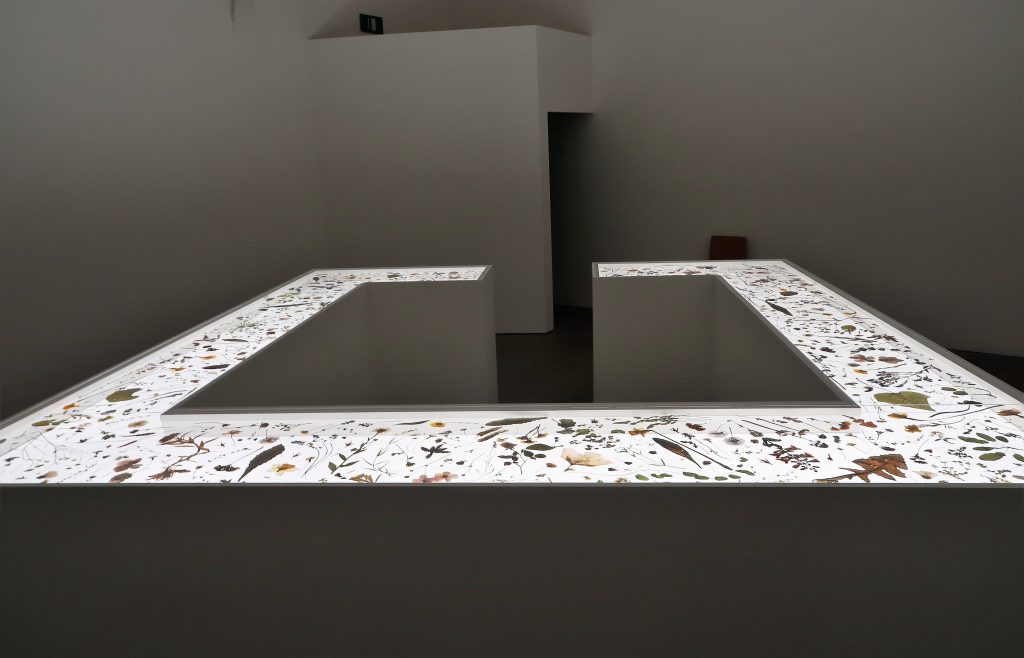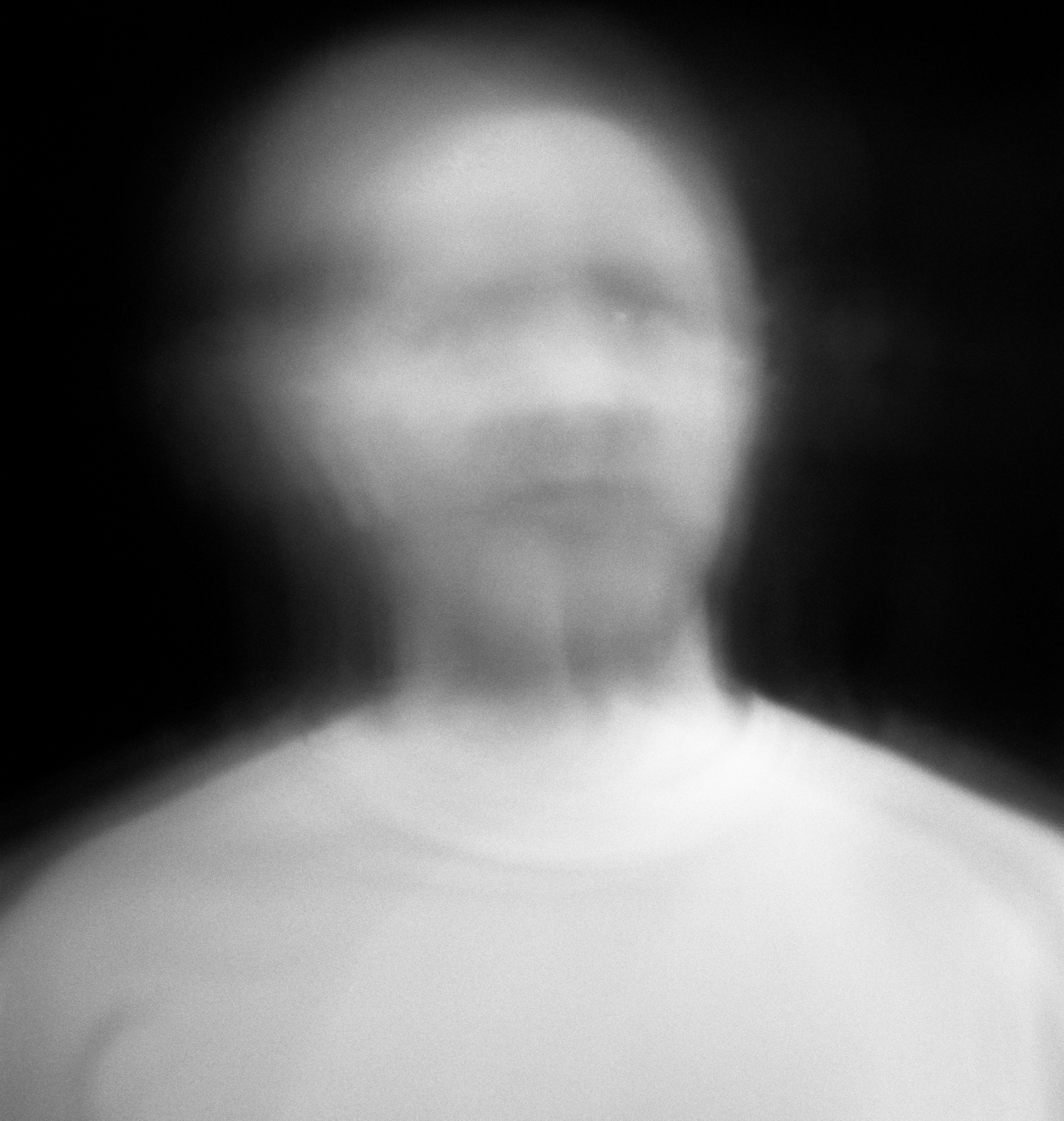British artist Edmund Clark is Ikon Gallery’s artist-in-residence at Europe’s only entirely therapeutic prison, HMP Grendon. This immersive exhibition is the culmination of his residency, comprising photography, video and installation which powerfully explores themes spanning incarceration, identity, censorship and control. Clark’s work has been exhibited internationally, including recent shows at the Imperial War Museum in London, the Houston Center for Photography in Texas, and at the Aperture Foundation in New York. This exhibition brings his remarkable and most recent body of work to the Midlands from 6 December until mid-March 2018.
About HMP Grendon
Established in 1962, HMP Grendon requires inmates to accept responsibility for their offence. Within the prison environment they can exercise a degree of control over the day-to-day running of their lives, making a commitment to intensive group therapy and democratic decision-making, whilst holding each other to account. Evidence shows that Grendon has delivered lower levels of violence in prison and reduced instances of re-offence after release.
Edmund Clark
Edmund Clark is an award-winning artist whose work links history, politics and representation. He holds a longstanding interest in incarceration and its effects; previous subjects include Guantanamo Bay, the CIA secret prison program and the detention of terrorism subjects in England on control orders. His work has, therefore, long been shaped by issues of censorship, control and security, evident in this exhibition.

The residency
Clark began his three year long residency at HMP Grendon in 2014. During the last few years he has worked with inmates, prison officers and therapeutic staff, immersed himself in the prison routines and taken part in wing community meetings, a key element of life at Grendon.
He cannot make images that reveal the identity of the prisoners or details of the security infrastructure and so his response has been to create work that explores ideas of visibility, representation, trauma and self-image. These themes influence how prisoners and the criminal justice system are perceived by the public, politicians and media and are above all central to the experience of the men and staff engaged in the therapeutic process at Grendon.
“Why we lock people up, how we do it and where we do it offer a profound insight into our society. I have tried to reflect on how criminality and prisons are seen, or not seen, in contemporary Britain while evoking the experience of individuals engaged in the intense psychological panopticon of therapy at Grendan. Through collaboration with the men and staff the work has been shaped or created by these processes and experiences, and by the environment of the prison itself” – Edmund Clark.
The exhibition
In the first room is an immersive installation consisting of a light box the size of a cell: it makes you realise the issue of overcrowding and the lack of space in which prisoners live. It really is claustrophoboic. On the surface of the light box are flowers and plants picked by Clark and prisoners from Grendon’s gardens: they appear fragile and you can see every vein running through them. In the next room there are eerie films of endless, empty corridors and confined spaces.
Another highlight of the exhibition is a film which shows inmates partaking in therapeutic drama: through Greek tragedy and dressed in masks to hide their identity, the men explore the roles, experiences and feelings of perpetrator, and victim. Actors play out The Oresteia and ask inmates to identify themselves with Orestes, Agamemnon, and Iphigenia. Lines about ‘honour killings’ and ‘kingly responsibility’ resonate with gang violence, sexual assault and the pressures of extreme masculinity. Visitors can sit on the same chairs which appear in the footage, joining the circle of offenders’ group therapy.
In another of the gallery rooms, black and white pinhole portrait photography hangs silently, projected onto bedsheets. The identity of the prisoners has been protected, and so they are marked by a blurred quality, creating questions about self. They can also appear intimidating and, at times, quite frightening. But the bedsheets, which move as viewers pass by, also appear delicate.
Edmund Clark: ‘In Place of Hate’ is a free exhibition which will run from 6 December 2017 – 11 March 2018 at Birmingham’s Ikon Gallery. To find out more about Edmund Clark you can visit his website here or visit the Flowers Gallery (who represent the artist) here.
Title image credit: Edmund Clark, In Place of Hate, HMP Grendon, 2017, Courtesy of the Artist, Ikon and Flowers Gallery, Birmingham, 6 December 2017 – 11 March 2018, ikon-gallery.org



